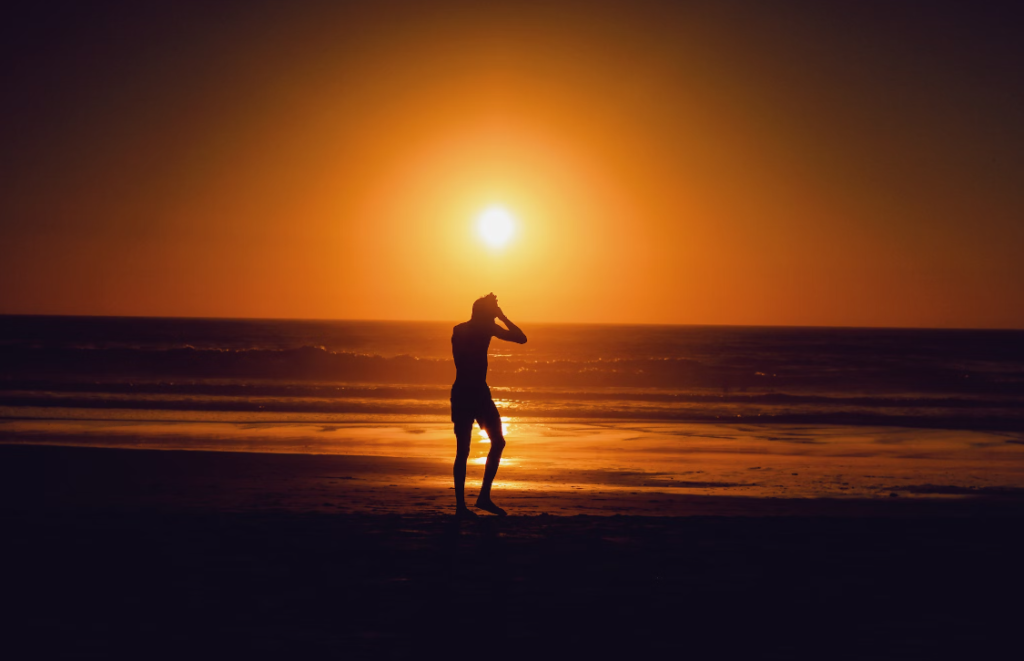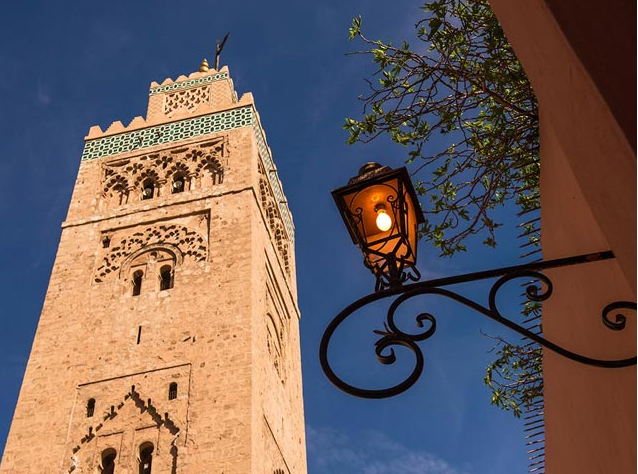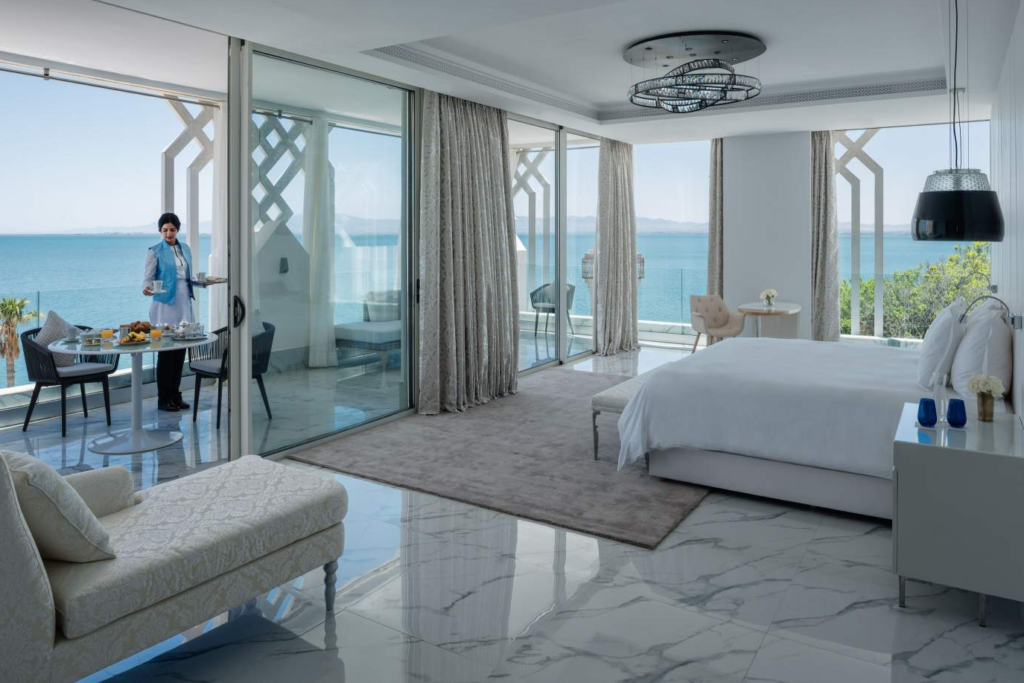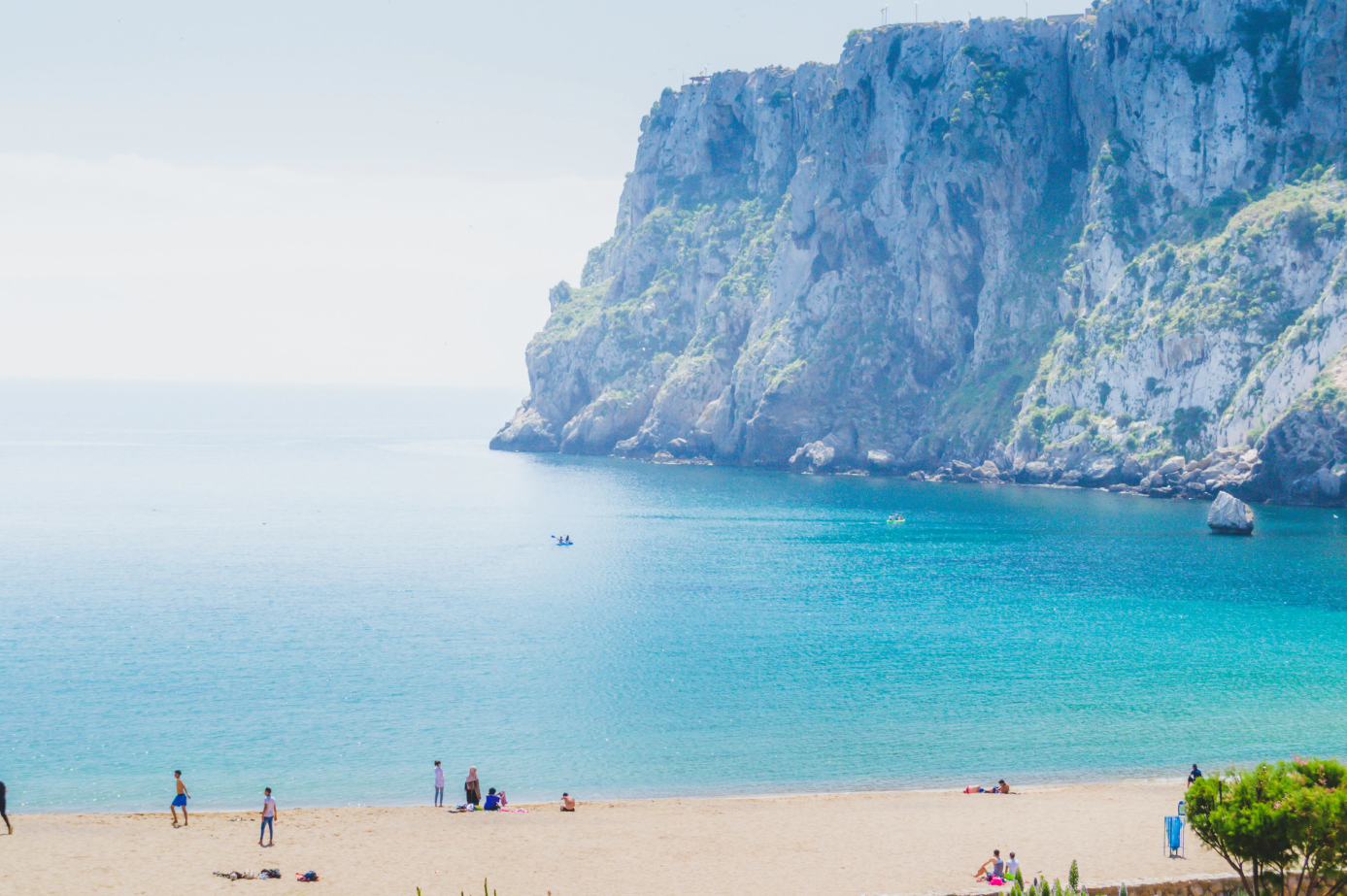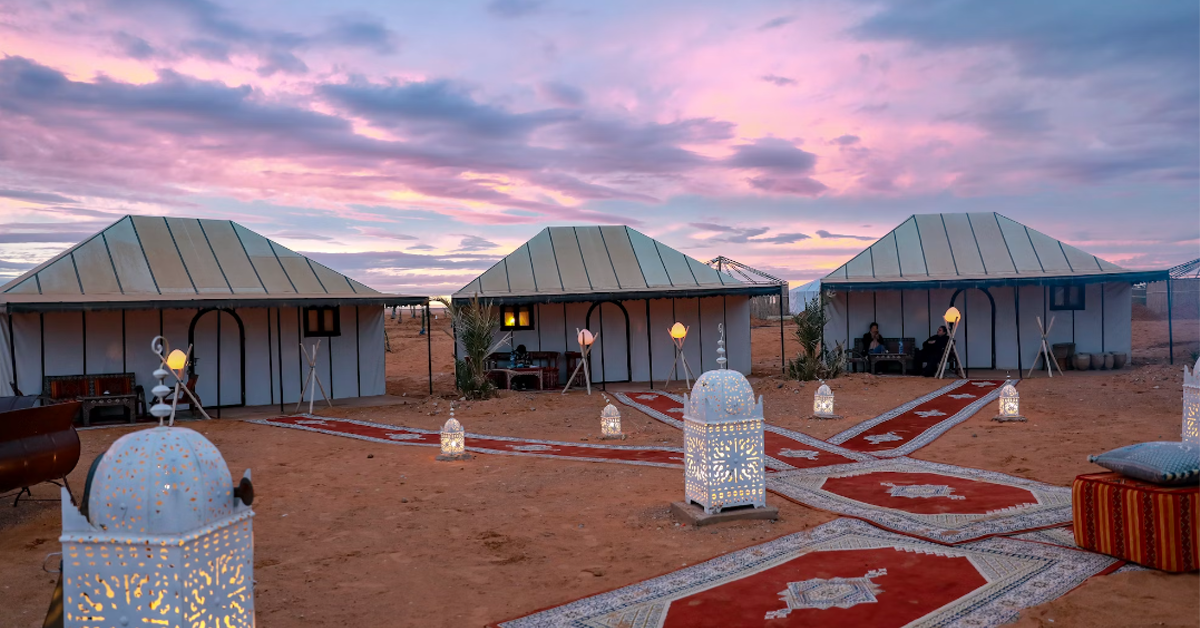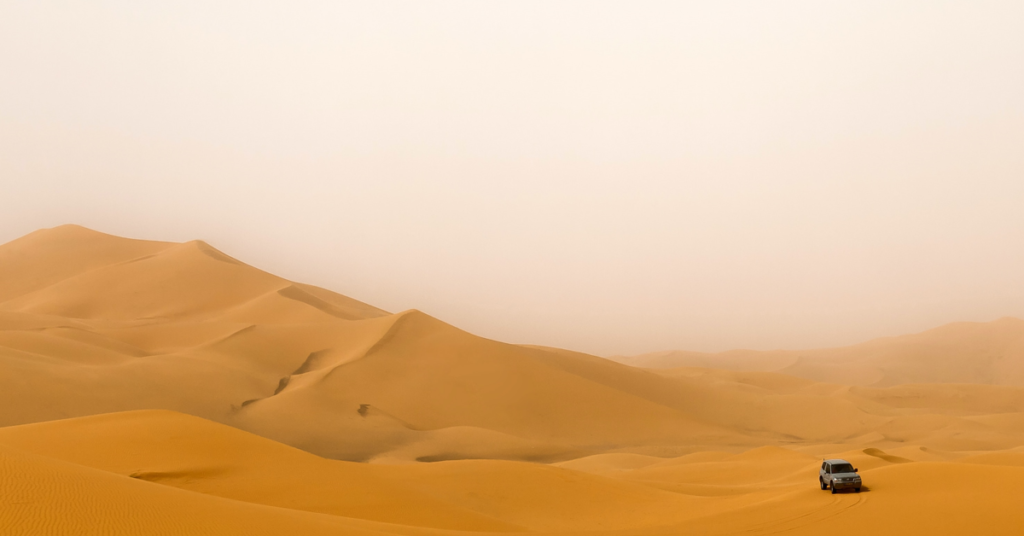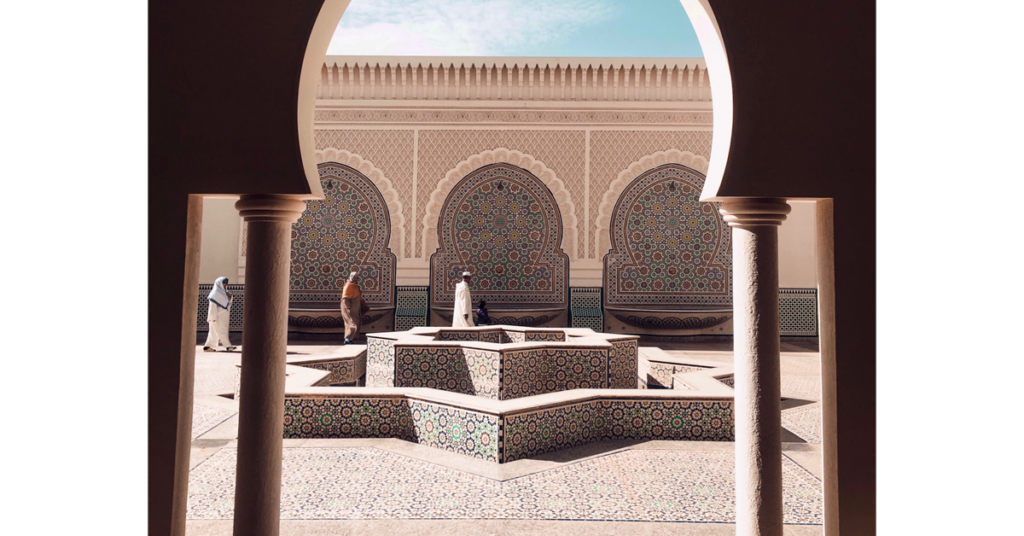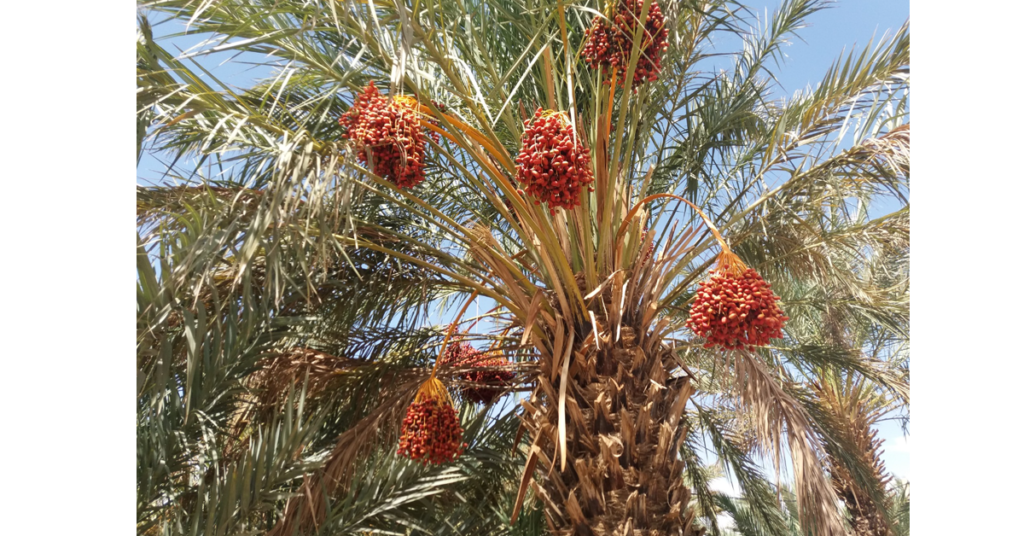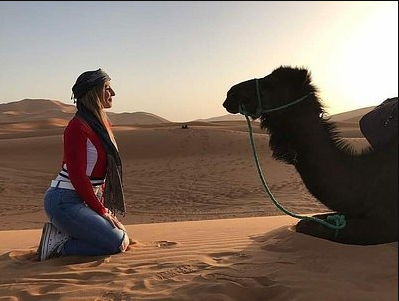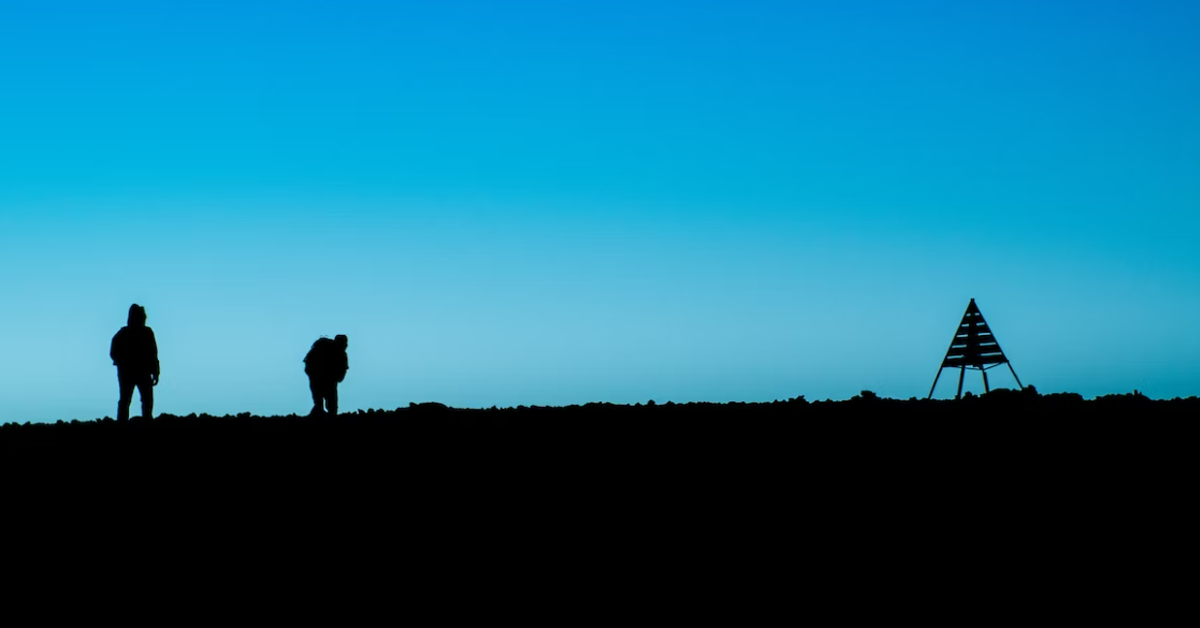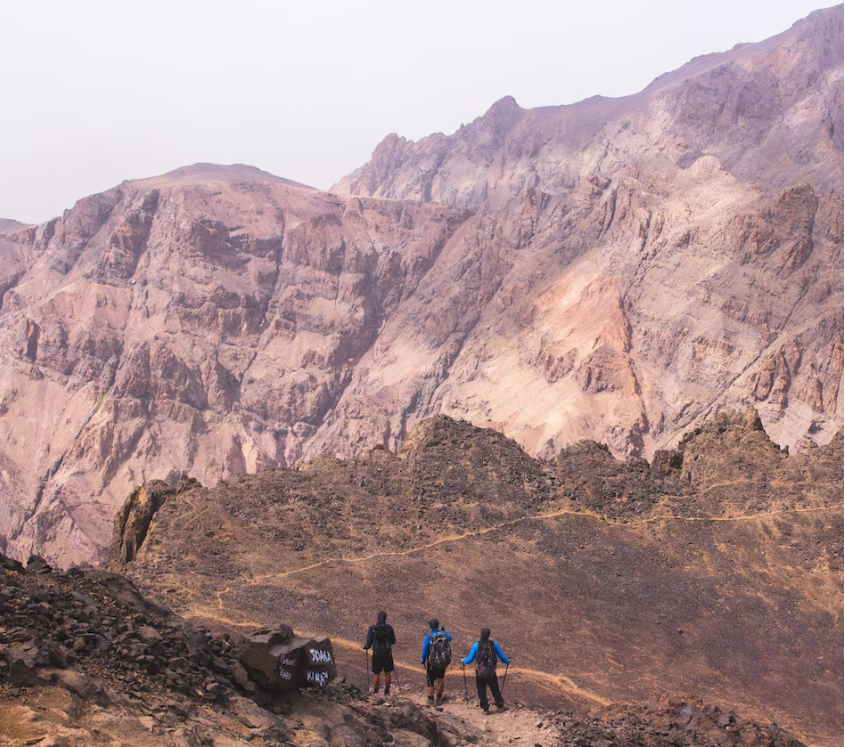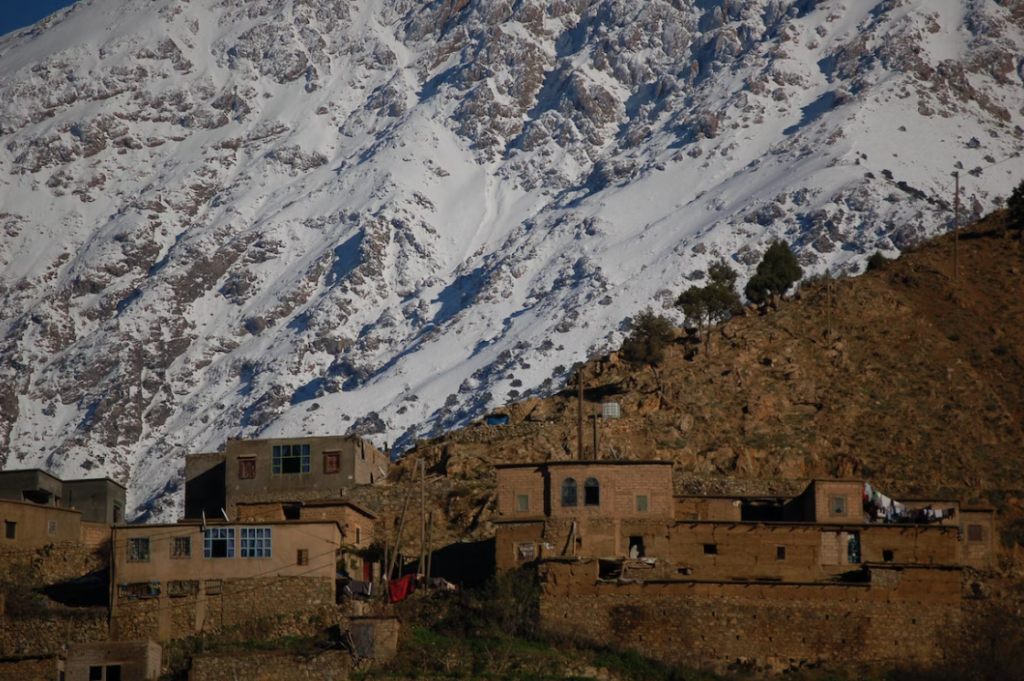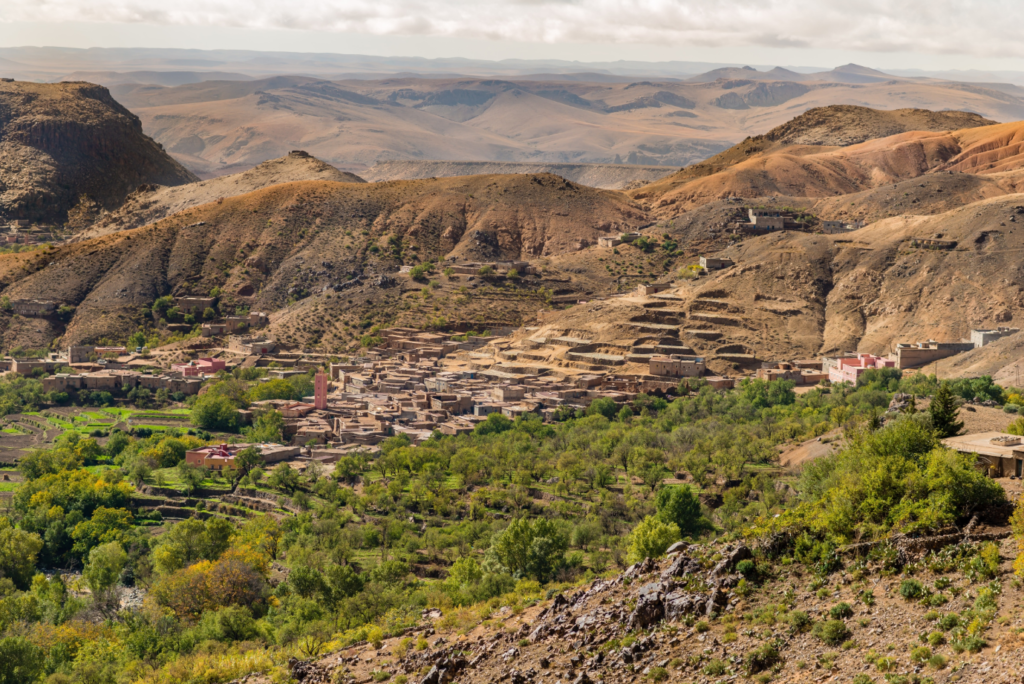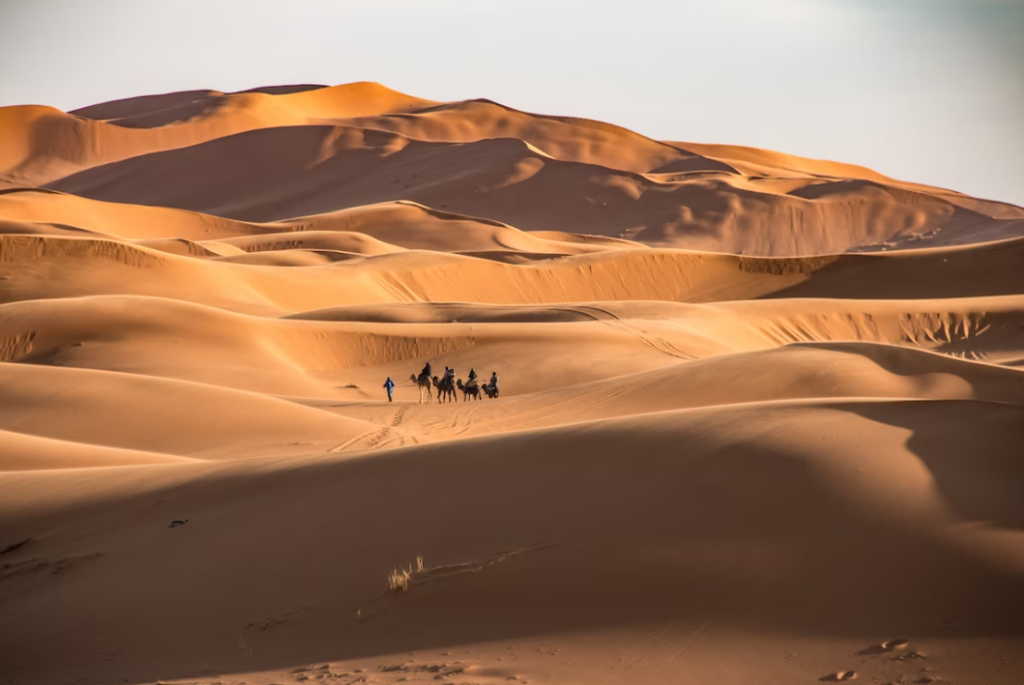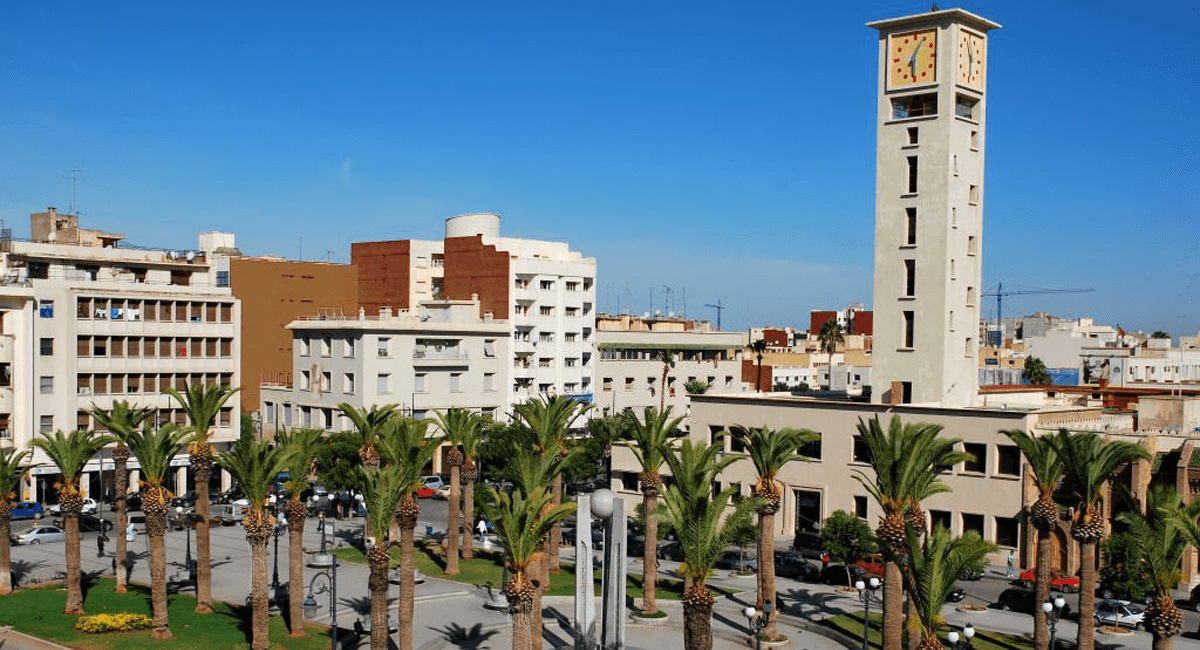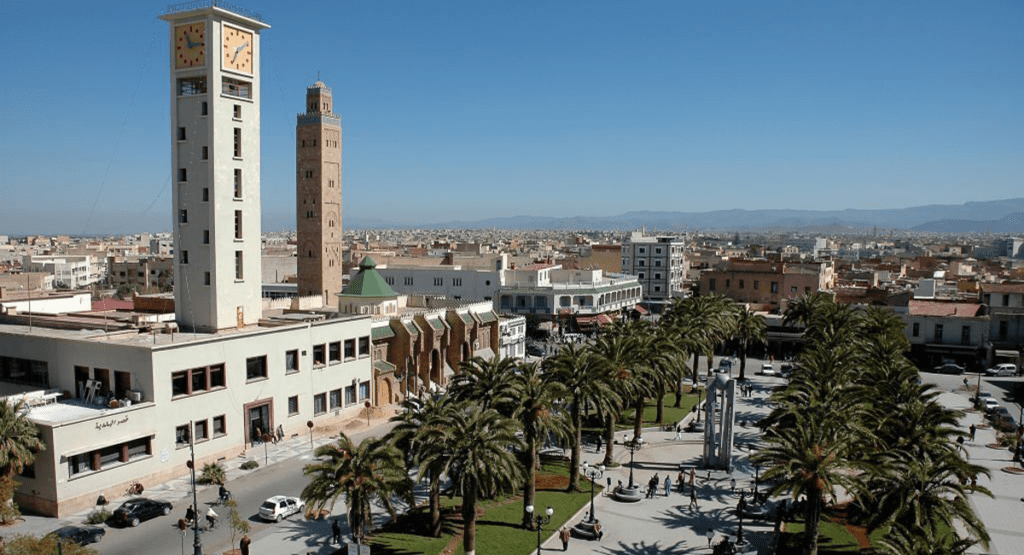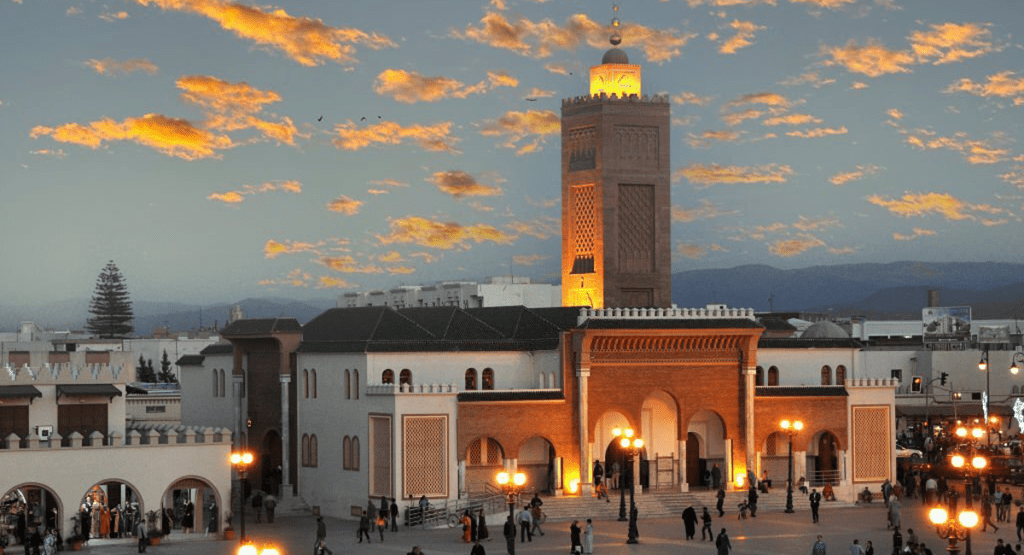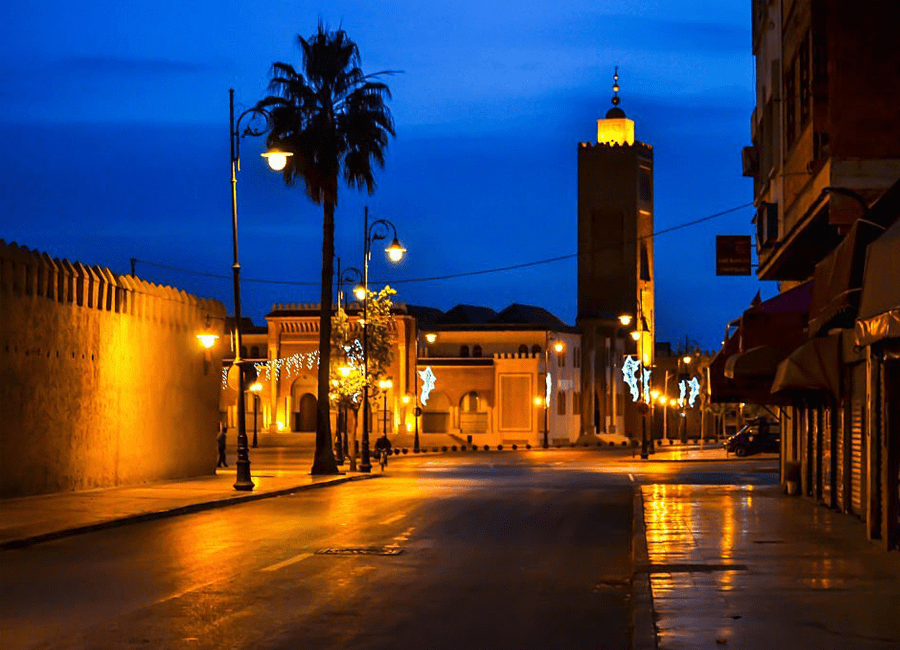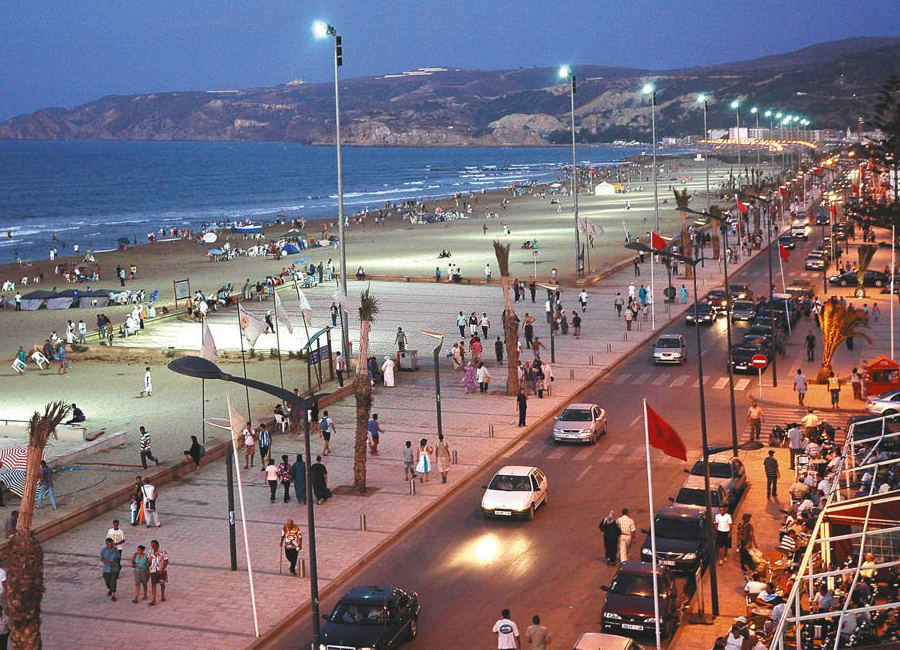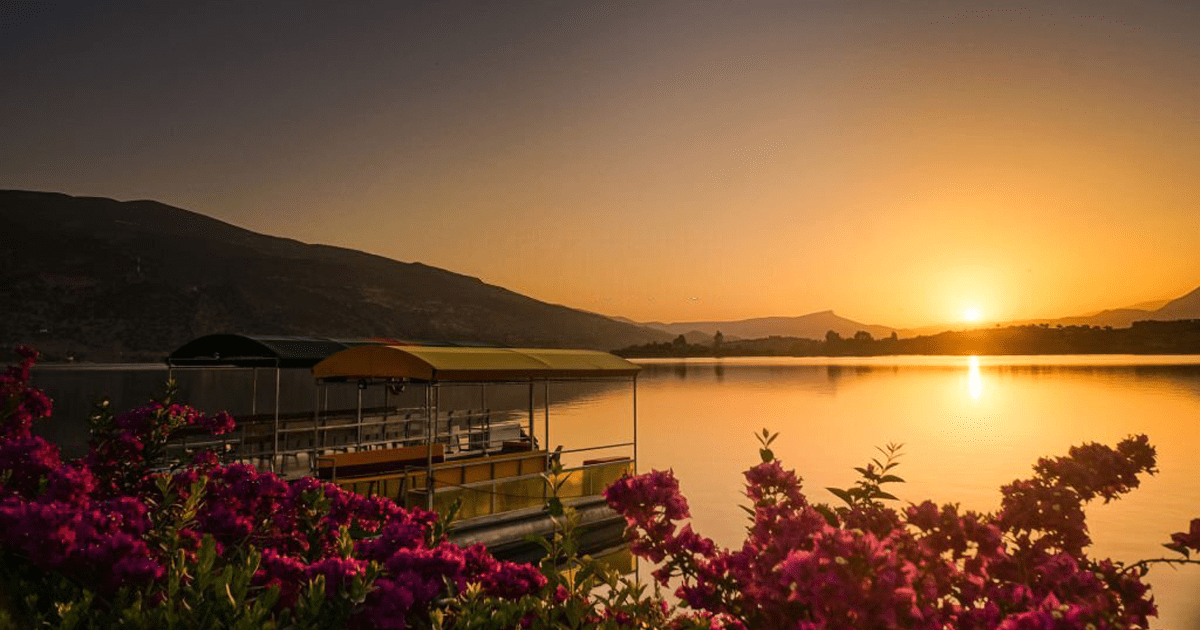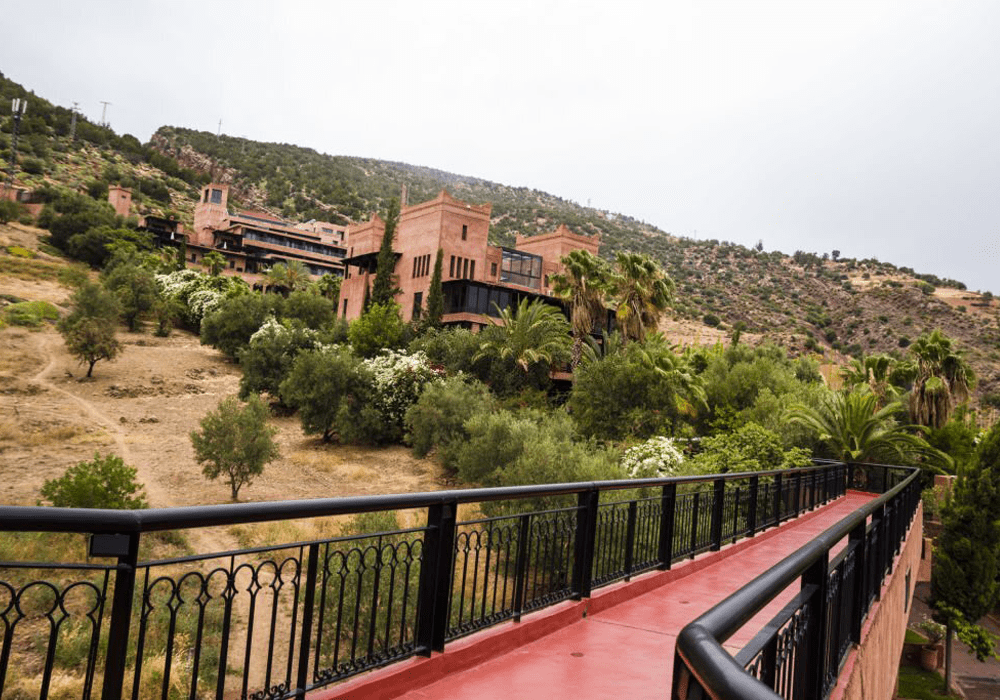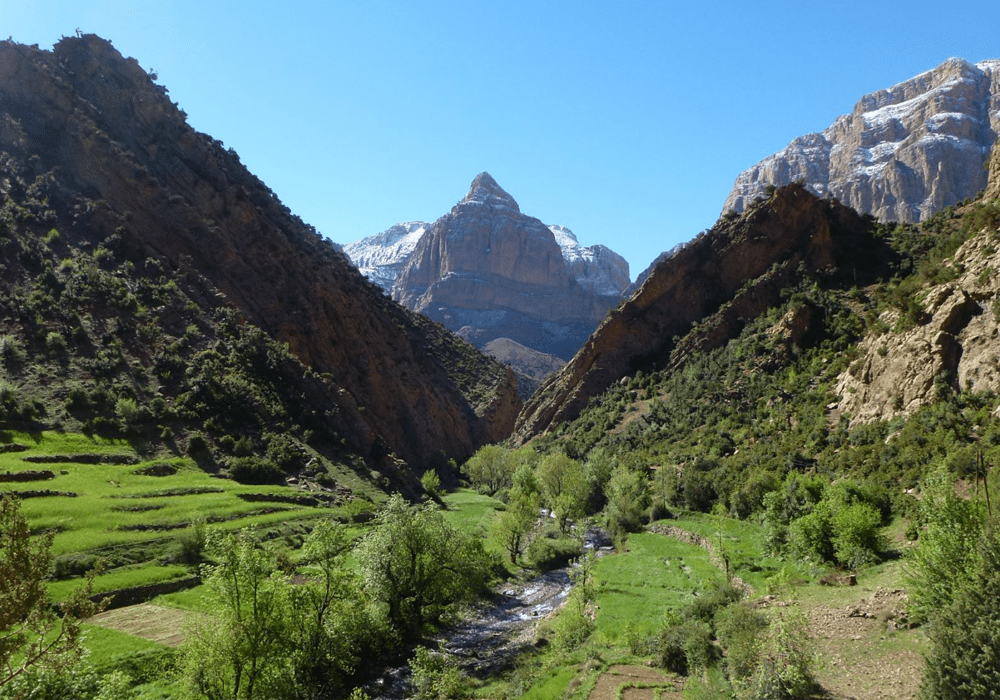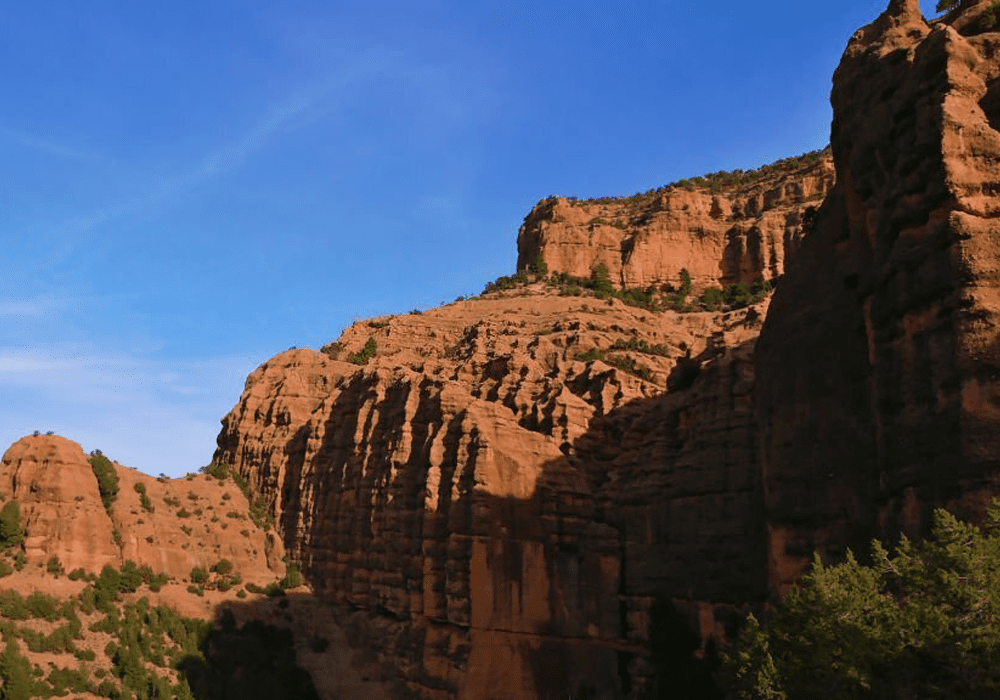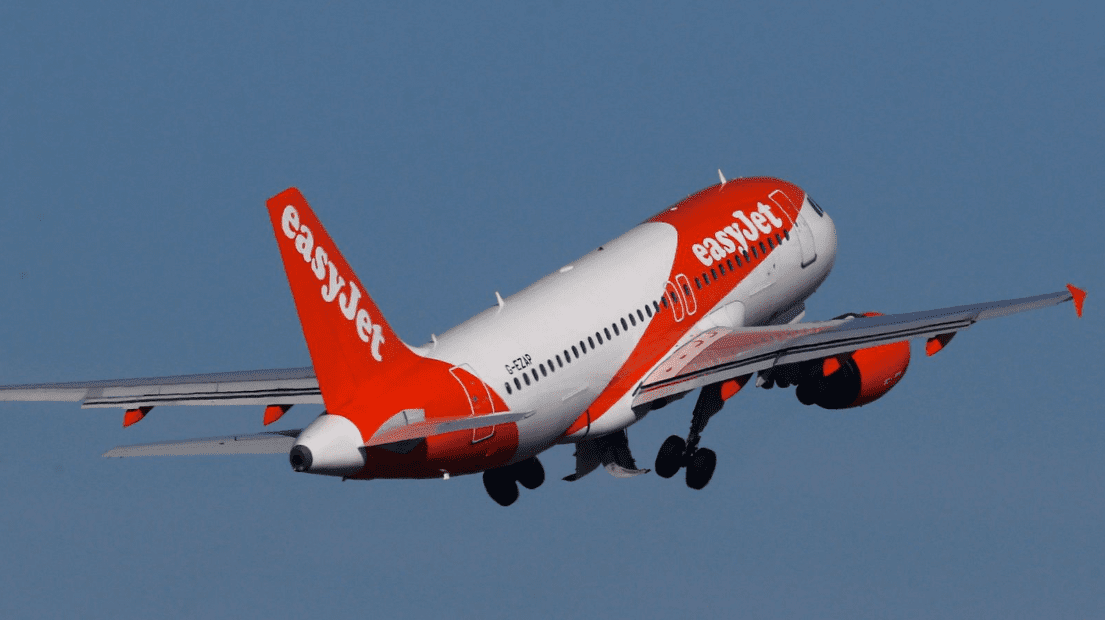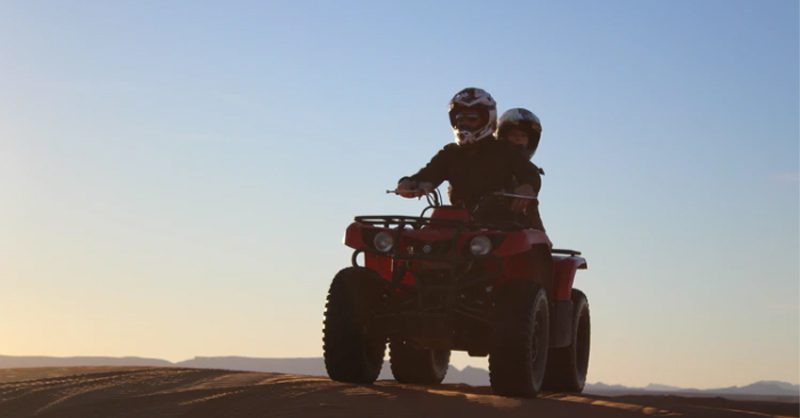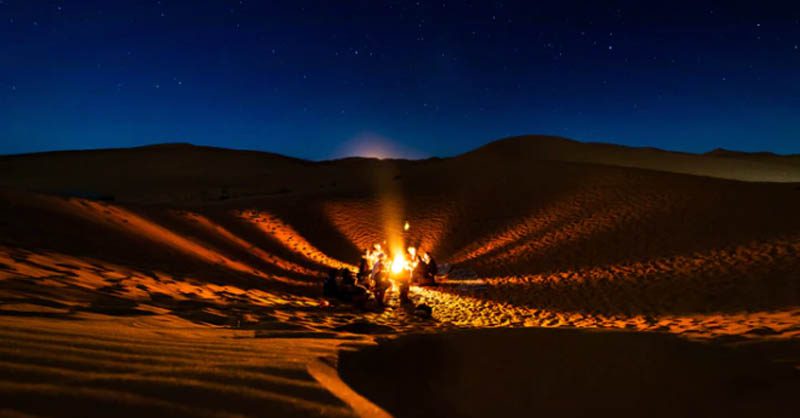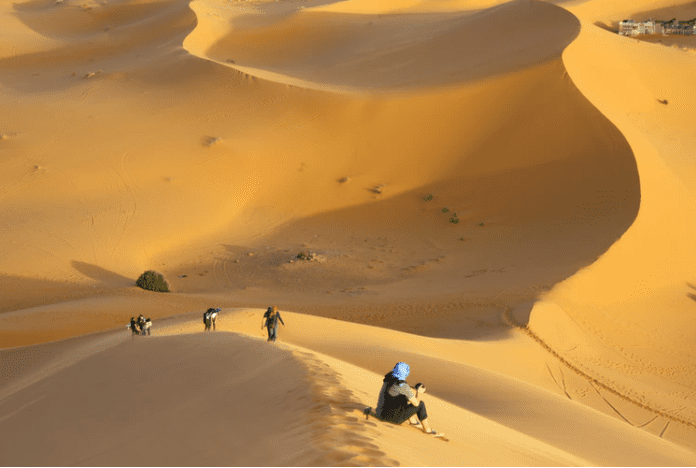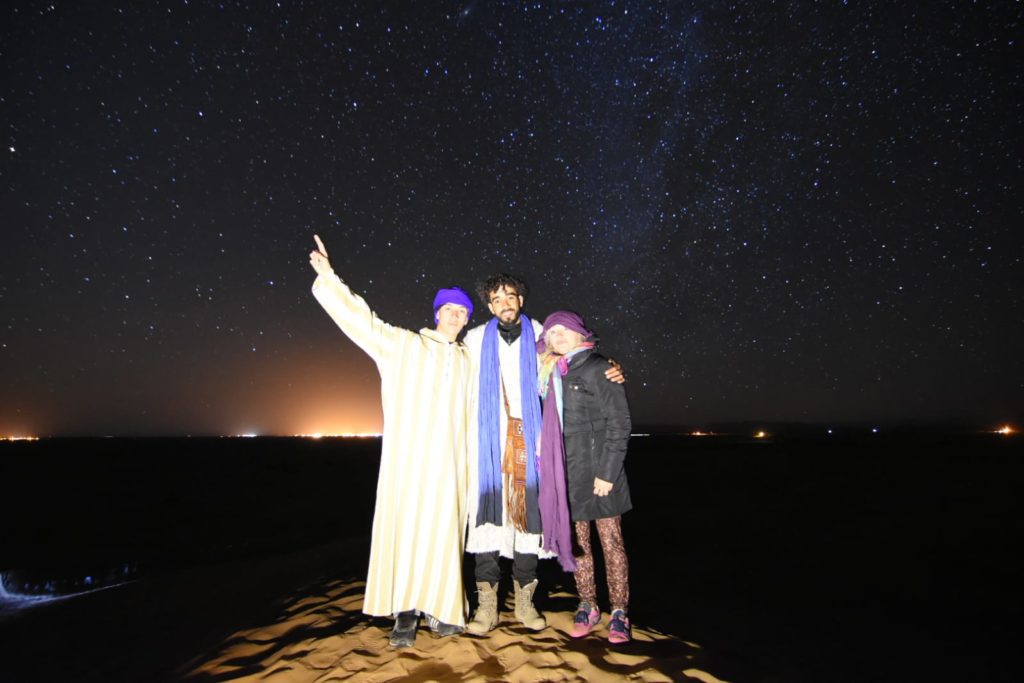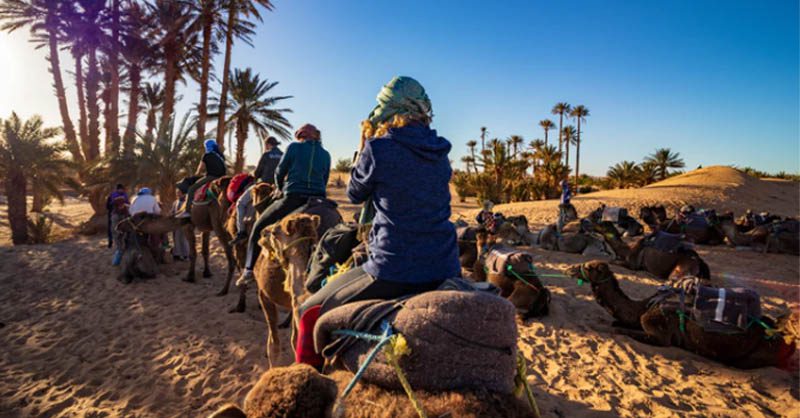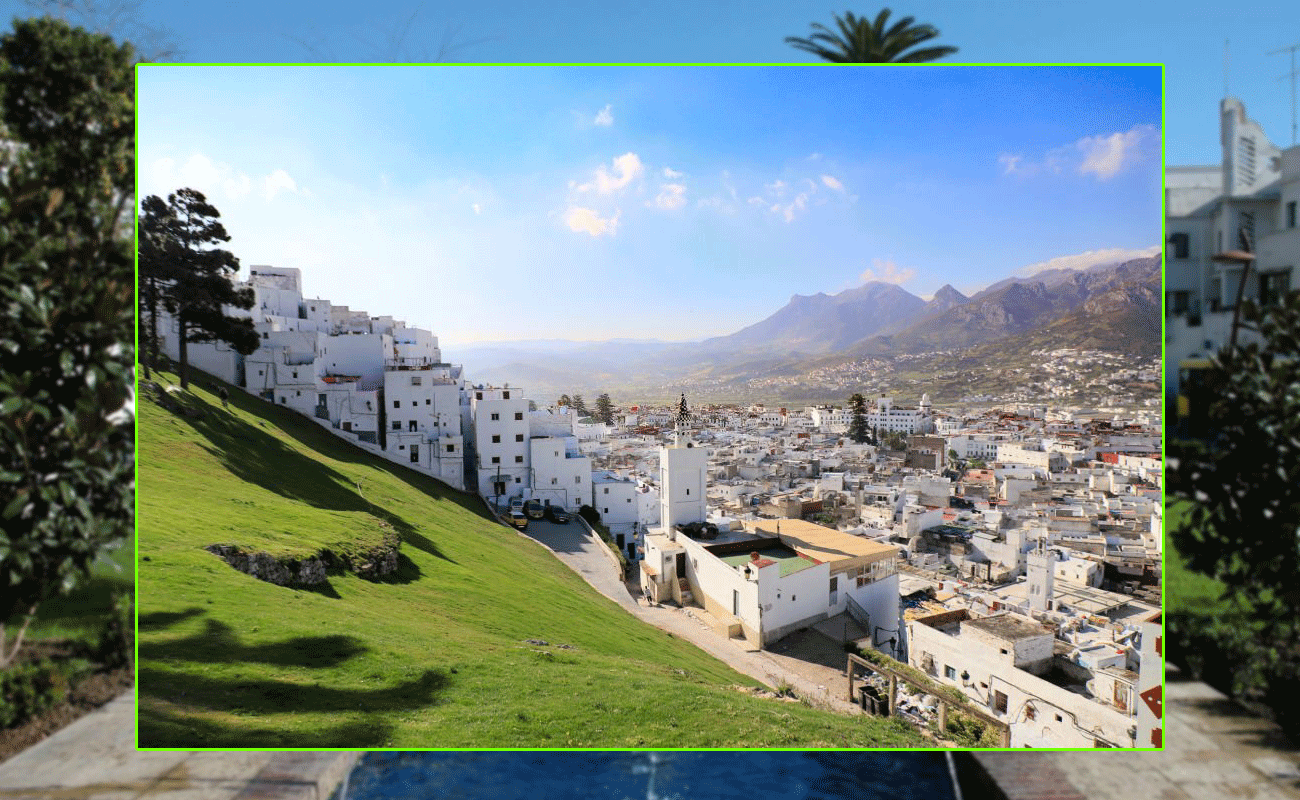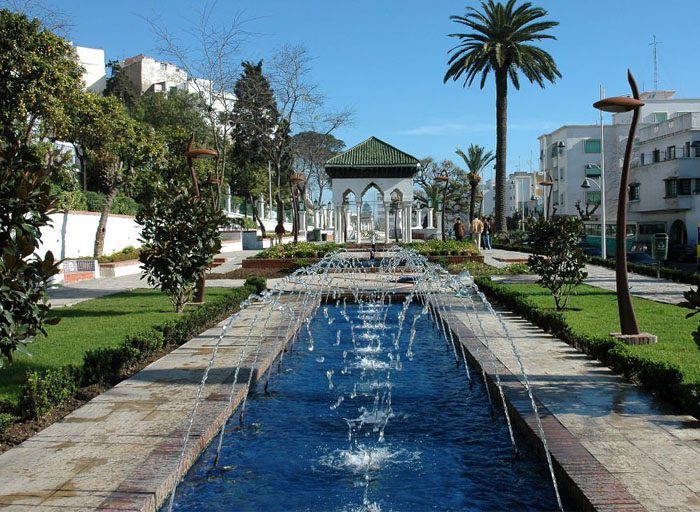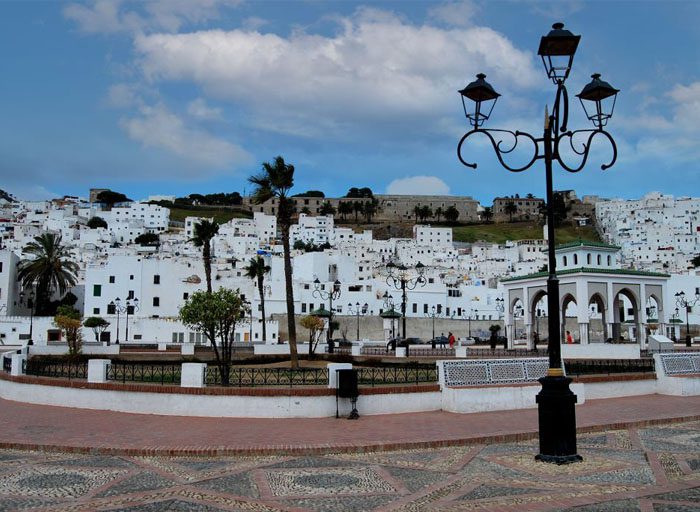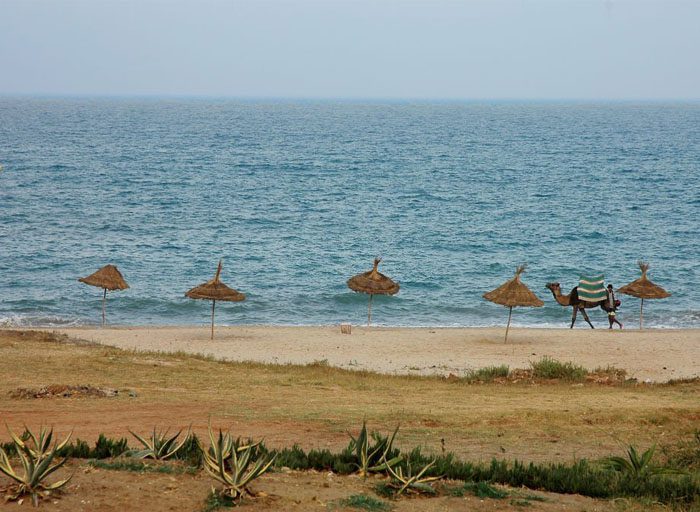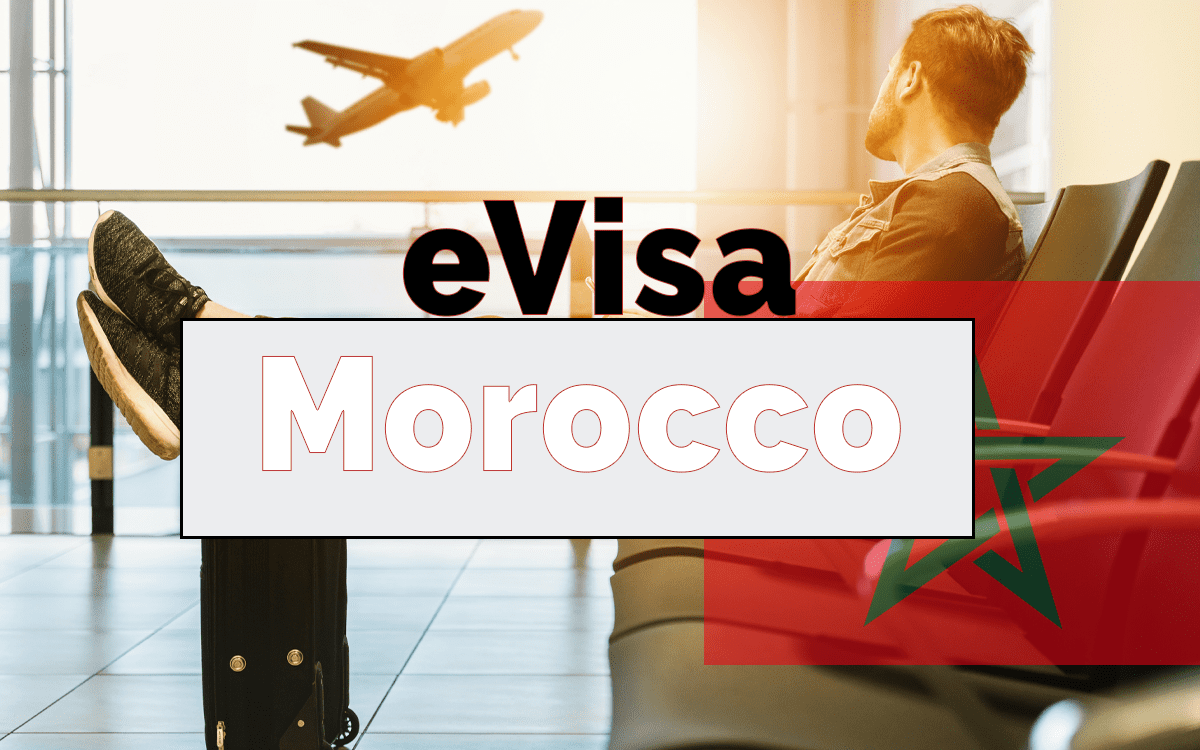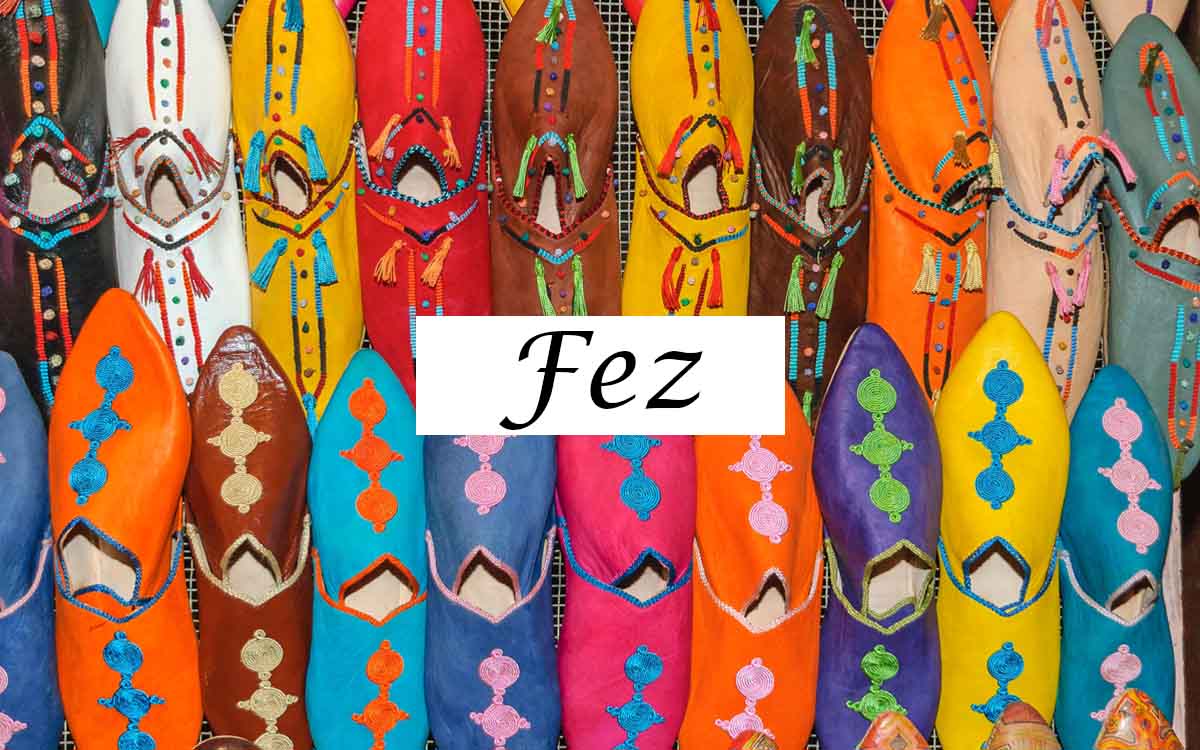Tetoutan tourism guide : the white bride of the kingdom’s north
Nestled on the side of the Rif mountain and overlooking the waters of the Mediterranean, Tetouan, a Hispano-Moorish city, plays on the mixture of cultures and remains the guardian of its most beautiful traditions to offer an exceptional setting to tourists looking for good -being and authenticity.
Mysterious, sometimes distant, Tetouan, referred to as “the white dove” or “the daughter of Granada” by Arab poets, is a place steeped in history. How to remain insensitive to the charm of its superb and moving streets and alleys, testimonies of Andalusian and Mediterranean civilization?
Here the memories of a rich history are written in each wall and on each facade and are told to passers-by. Its mild and temperate climate throughout the year and its heavenly beaches make it a very popular tourist destination.
Want sun, idleness? Near Tetouan, the seaside resort of Tamuda Bay will offer you stays combining the softness of the Mediterranean beaches with the voluptuousness of the Andalusian way of life. As for nature and adventure enthusiasts, the Rif mountains will reveal fantastic landscapes where wild nature dominates.
Must-see in Tetouan:
60 km from Tangier, the city of Tetouan is characterized by districts with Andalusian architecture imported from Seville and Granada.
With its green and white houses, crenellated ramparts and shaded squares, the Medina of Tetouan has been listed as a World Heritage Site by UNESCO since 1997.
Surrounded by five kilometers of ramparts, access to the interior of the medina is through its seven magnificent carved doors Bab El Oqla, Bab Saaida (towards the East), Bab Mqabare and Bab Ejjyafe (towards the North), Bab Nouader (towards the West), Bab Tout, Bab Remouz (towards the South).
The seven gates that punctuate the fortifications of the medina tell the story of the city’s past and its successive waves of immigration, the arrival of the Andalusians in the 15th century, then that of the Moors in the early 17th century, the movement of the Mellah district to 1808, and the opening of the walls in the 20th century to link the medina to the new Spanish quarter (Ensanche).
The medina of Tetouan is the liveliest place in the city. Here, the souks are well separated, each trade occupying a precise perimeter.
Its important mellah (Jewish quarter) was called little Jerusalem. Rue Tarafin, lined with jewelry stores, leads to Place Hassan II and the Royal Palace, a fine example of Hispano-Mauresque architecture.
The medina retains its dynamism of yesteryear, the craftsmen perpetuate their know-how there and the houses are well preserved by the descendant owners. These old residences built around a patio reflect the degree of refinement of domestic architecture.
The medina has benefited from a rehabilitation program funded by the Junta de Andalucia. Its particularity lies in the development in the 15th century of a network of pipes from the sources of the city.
In Berber, “Titaouin” means “sources”. They are the ones that supply the houses and the many fountains thanks to the Skoundou (from the Spanish segundo), an underground network of pipes.
This network provides drinking water to houses and buildings and public fountains, mosques, hammams, along a line of springs originating at the foot of Jbel Dersa.
This device resembles that developed by the Romans in Volubilis, and seems to have been adopted by the Andalusians. Even today, some houses keep fountains of this water from the past.
The succession of 20th century Spanish architecture and the abundance of singular buildings give the modern city a prestigious cachet, in particular the European district with its colonial architecture where Baroque and Art Deco influences mingle. Gardens, public spaces and wide avenues have been created to highlight this rich urban heritage.
From the Place du Palais begins the Avenue Mohammed V where you can admire Dar Taïr known for its statue on the top floor. On this avenue, there is the old Spanish casino dating from the 1920s, and the General Library and Archives of Tetouan from the 1930s. Its wealth of documents has made it a space for reading and research in the field of the history of Morocco.
This avenue also crosses Place Moulay El Mehdi where the Notre Dame de la Victoire church, built in 1919, is located. Place Al Adl, is the courthouse and the Avenida cinema, a mythical place in the city.
As for the Spanish theater built in the 1930s, it has just been restored. Near Bab Okla stands the school of traditional arts and crafts “Dar Sana” in neo-Arab style. It highlights the different artistic expressions that flourished in Tetouan over several centuries. The craftsmen work there on painting on wood, embroidery, zellige, copper, leather, stucco or marquetry with the same know-how as their ancestors four centuries ago.
- The Archaeological Museum
The two key places of Tetouan remain the Archaeological Museum where lies the ancient history of the city, luxury mosaics, Roman bronze figurines, collections of coins from the Punic period and the Ethnological Museum Moroccan Arts of Tetouan, created in 1929.
The latter is a Tetouanese masterpiece. From the entrance, you can admire a garden with a pond in the center and a wall fountain decorated with zellige, a design similar to those found in the Andalusian palaces of Granada. Today, this museum presents, through a permanent exhibition, traditional costumes and musical instruments, the traditions, habits and customs of the city of Tetouan and its region.
Tetouan, the artistic capital of northern Morocco Visitors find it Andalusian, Ottoman, European. Tetouan is a bit of all of this. From this effervescence was born a true art of living which continues today thanks to its craftsmen and its artists. Land of the arts, from music to the visual arts, the city is home to artistic movements, which have an influence far beyond the region.
Like any artistic capital, Tetouan had to have its School of Fine Arts, created in 1947 by Don Mariano Bertucci, Spanish orientalist painter and great lover of Moroccan art. Having become the National Institute of Fine Arts since 1993, this school has had a comic strip teaching section since 2000 and has hosted the International Comic Strip Festival every year since 2004.
Tetouan is distinguished by many festivals, the most important of which is the International Festival of Mediterranean Cinema created in 1985, the International Festival of Lute, the International Festival of Comic Strips and the Festival Voix de femmes, a tribute to all those who have worked tirelessly to lead their city into the 21st century, while preserving its authenticity and plural identity.
The specialties of the region
The work of zellige is one of the most characteristic artistic professions of the city of Tetouan. It is defined by its shaping technique, its colors and its surface aspects which give it a particular singularity and authenticity.
Tetouan is also known for the mastery of painting on wood. Artisans specializing in this type of craft generally work with mineral paint powders. The achievements are very varied and very beautiful.
Leatherworking is very old in this city, as evidenced by its tanneries. But the tanners’ souk is also the fabric and clothing market, “Guersa El Kébira” where all types of multicolored, plain or embroidered fabrics are sold and where “Jebliates” (women of the Rif), dressed in their traditional costume , sell their “mendils”, pieces of red, white and blue striped fabric.
Tetouanese embroidery is certainly one of the most original in Morocco. It owes its success to its multiple origins, both local and Ottoman and Arab-Andalusian influences.
Tetouanese culinary art, resulting from the combination of many recipes (Andalusian, Rif, Jewish, etc.), is one of the most famous in Morocco. The Tetouan dishes, especially the savory ones, chicken with caramelized raisins for example, are pure delights.
Other typical dishes: pastilla with chicken and eggs without almonds, tahliya, serrated gazelle horns, ktayefs, and of course Jben, a fresh and creamy white cheese, wrapped in palm leaves and prepared within the cooperatives of women.
Located below the old medina, Riad Al Ochak extends over approximately two hectares. Created in 1929, the garden, a perfect replica of the famous gardens of the Alhambra palace in Granada, has been extensively restored and today offers its multicolored flowerbeds, majestic trees and numerous ponds and fountains.
The garden is an integral part of the city’s heritage and most of the inhabitants have the habit of coming there at the end of the day for sweet moments of relaxation.
From the Garden of the Hesperides of Tetouan to the beaches of Tamuda Bay Less than five kilometers from the center of Tetouan, on the edge of the Oued Martil, is the archaeological site of Tamuda, concealing Roman remains. Homer considered Jebala country a land of legend.
It is in this region that the famous gardens of the Hesperides would be located. Hercules even went there to “steal the golden apples”.
The Hispano-Moorish character of the Tetouan region is illustrated right down to the beaches where several houses with ceramic-covered walls are located along the coast. Renowned for its paradisiacal beaches of golden sand, relaxation, well-being and the sweetness of life are there.
Tamuda Bay is characterized by its hilly landscape, covered with green forests, overlooking translucent blue water. This new seaside resort, located on the M’diq-Fnideq coast, covers an area of fifty hectares with a quality hotel infrastructure designed to offer luxury and relaxation. It includes an eighteen-hole golf course, a lakeside city, the Smir Lagoon where it is possible to observe many species of migratory birds.
It also has a water park that appeals to young and old alike, shops, restaurants, very lively pubs especially during the summer period, and two marinas Kabila and Smir.
Tamuda Bay also has thalassotherapy centers where everything is done to ensure that relaxation is your best accomplice throughout the stay. Fitness with sauna and steam room, personalized treatments, high-level equipment, professional staff, swimming pool and private beach, everything is designed for your well-being.
Mdiq is a very popular seaside resort, where life flows at a peaceful pace. Seaside, pedestrian streets, wide seafront promenade, everything has been refurbished to the delight of visitors. At the entrance to the town, at the end of a road on the right, you will reach its authentic and endearing fishing port. Very popular on summer evenings, people meet there to eat grilled sardines, freshly caught, accompanied by mint tea.
M’Diq is renowned for the quality of its restaurants where you can taste many fish and seafood specialties at more than competitive prices. Fishing ports and marinas
Perched at the top of the hill, Cabo Negro is an ideal destination for a relaxing holiday on the shores of the Mediterranean. Pretty whitewashed buildings, flower gardens, the resort attracts tourists especially with its fine sandy beaches and horseback riding. The Royal Golf, designed in the purest British tradition, is one of the jewels of Morocco’s golfing heritage with an eighteen-hole course nestled in a forest of Mediterranean species.
Martil is famous for its fishing port, once a haunt of pirates. Its proximity to Tetouan makes Martil and its blue and white whitewashed houses a very pleasant seaside resort. Many restaurants and cafes line the corniche where families like to stroll.
Marina Smir, a luxurious ultra-modern marina located in the heart of a privileged site facing the Mediterranean, welcomes the largest yachts and has more than 450 berths. Near the Marina Smir complex are other popular seaside resorts such as Kabila, Ksar Rimal, Restinga, …
Hesitate between chilling and activities
The Tetouan coast offers many activities combining rest and discovery. These beaches will enchant anyone looking for peace and quiet. Here you can admire the natural beauty of the Mediterranean, far from the hustle and bustle of the city and the frenetic pace of the big seaside resorts.
For the more athletic, you will have the choice between jet-skiing, water-skiing, windsurfing, towed banana, deep-sea or traditional fishing, sea kayaking, surfing or sailing.
For the more adventurous, the Strait is a real paradise for scuba diving as the fauna and flora are generous there (coral, gorgonians, sponges, groupers, barracudas, trevallies, moon fish, rays, moray eels…). Two diving centers located in Marina Smir will accompany you to make your vacation unforgettable.
To conclude
Tetouan and its region is a must, capable of bringing to our dear reader the experiences that we “adventure seekers” seeks, a solid lifetime experience, DARDIF highly recommend the destination as it can bring the missing touch in the kingdoms roots to conquer your hearts forever.
